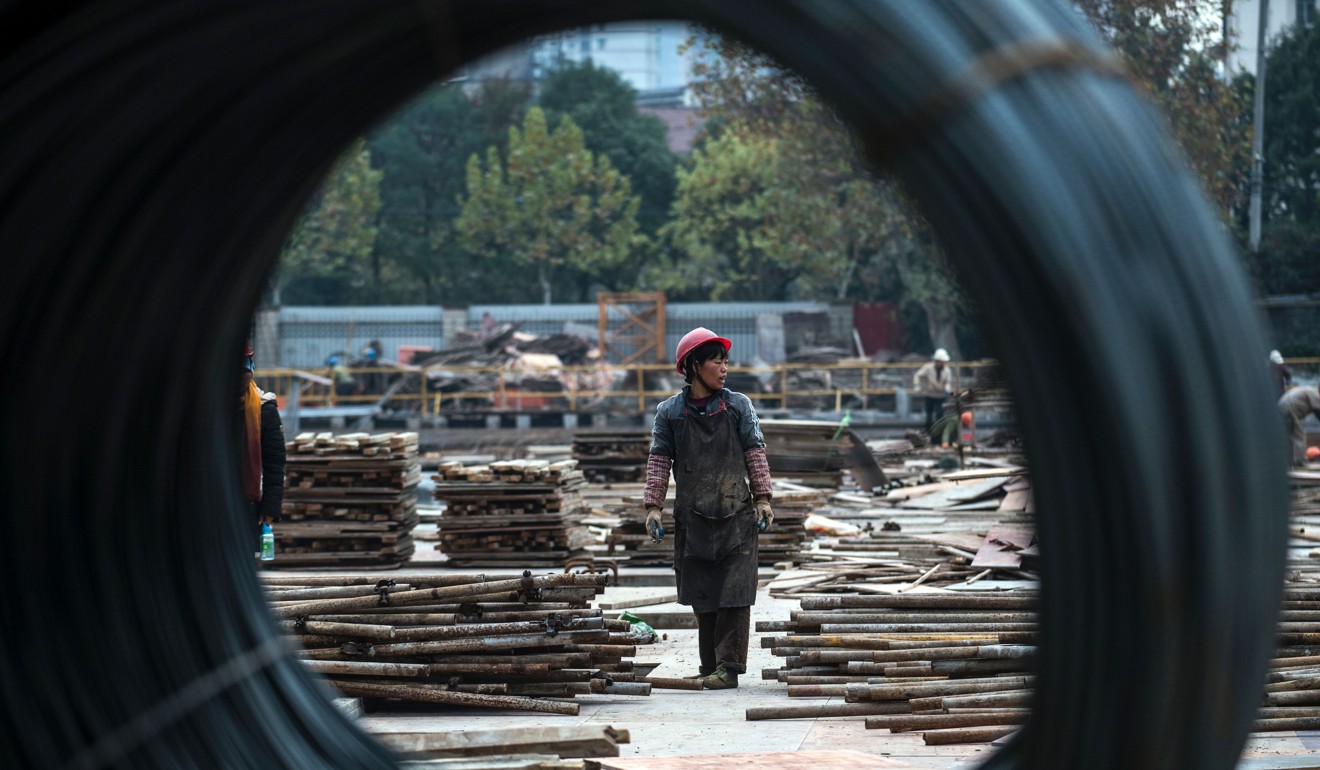
China isn’t looking to grow its economy but, rather, is waiting for it to recover. Good luck with that
- Andy Xie says Beijing’s stimulus measures are not meant to revive economic growth but only to maintain stability. China seems to think it can wait for good growth numbers to return, like the last time. But this strategy won’t work this time
However, a growth recession, an unpleasant by-product of the muddled strategy, may last for many years. The property bubble has been around for about 12 years. Excesses of debt and inventory are enormous and would take a long time to digest. Residential properties under construction add up to close to six billion square metres, an inventory that would have taken about four years to digest at the peak of the bubble and would take many more years in a cooling market. In addition, tens of millions of properties could have been held for speculation. When they, too, are put on the market, the inventory overhang might stick around for a decade or longer. How much it would drag on growth is easy to imagine.
Growth and development are not identical. China invests about half of its GDP. Even if the economy doesn’t grow, there will be a lot more assets on the ground in 10 years. People who go back to visit a decade later would see a very different country. This is why stagnation may not be a bad choice for the government.

As long as there are lots of assets, China could increase the size of the economy with the right reforms. It is just that the right reforms are not politically desirable for the foreseeable future.
China has relied on export and investment for the past four decades. A property bubble is a leveraging tool useful for investing long before demand materialises. China is hoping to sustain a high export growth rate, and just wait for good growth to come back, even though it may be a long wait. It has worked before. But it won’t work this time.
China’s exports per capita stand at about US$1,800, low by East Asian standards. Japan’s figure is about US$6,000 and South Korea’s, above US$10,000. But China’s population is more than 10 times Japan’s and 20 times South Korea’s. If China were to reach Japan’s levels, its total exports would exceed US$8 trillion, similar to the total manufacturing value in the rest of the world. But, obviously, if China were to continue its export model, it would be highly disruptive to the global economy. Furthermore, economies which are rapidly deindustrialising couldn’t pay for rising imports. While analysts suggest China needs to abandon its invest-and-export model, it isn’t likely to change any time soon. This is why trade frictions will stay for a long time to come.
China will change only when the global economy experiences a severe and lasting recession that cuts China’s exports dramatically and for good. Only a dollar crisis would do that. The US is printing dollars to finance its profligacy. It will keep doing so until confidence in the dollar collapses. That day isn’t near. Indeed, if a financial crisis erupts elsewhere, the dollar will rise, which would give the US even more room to print money. We are stuck with malaise, but no real outbreak, in 2019.
Andy Xie is an independent economist

